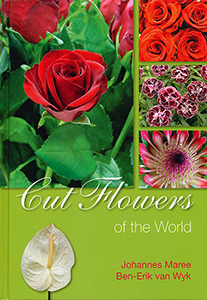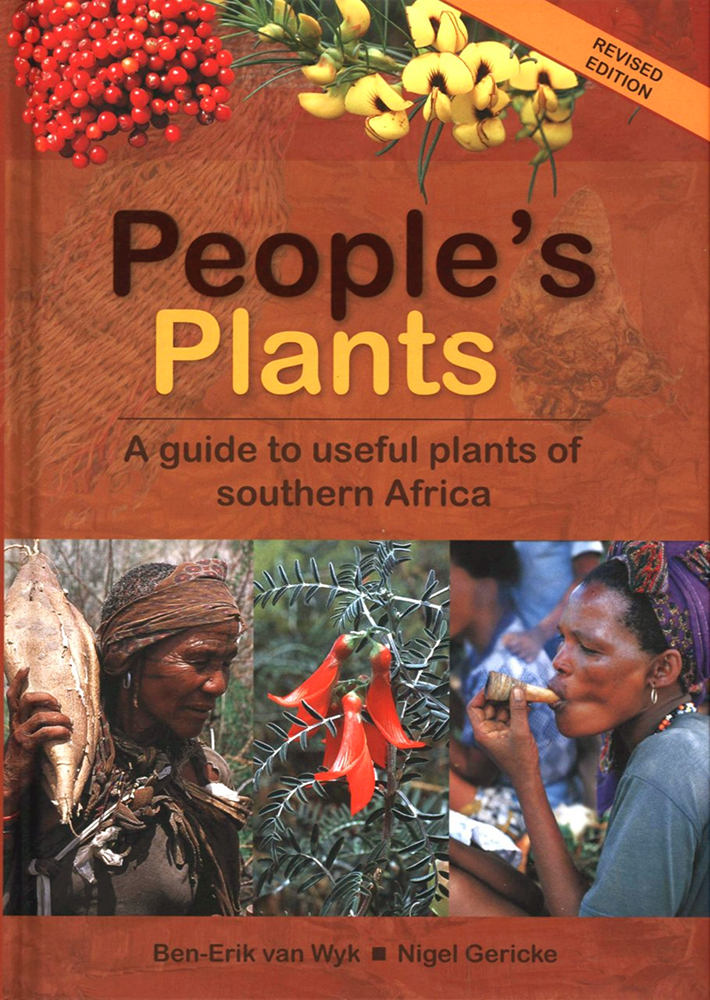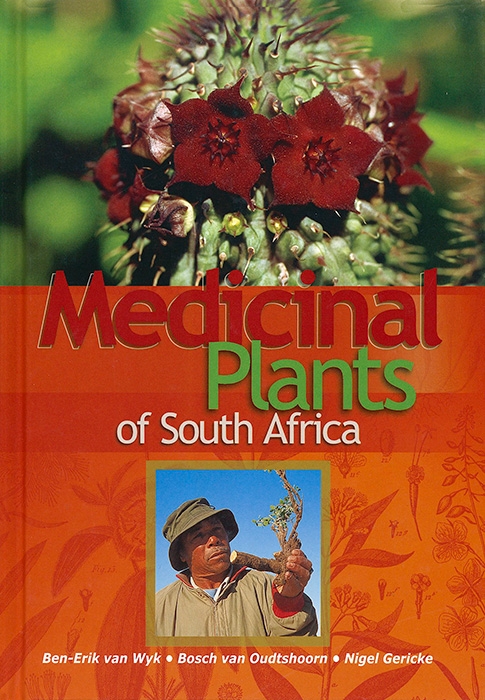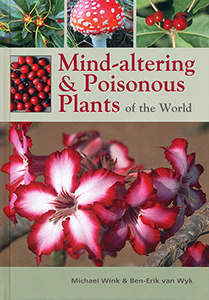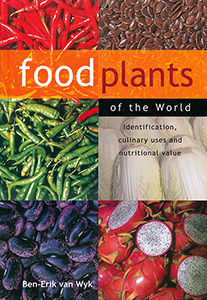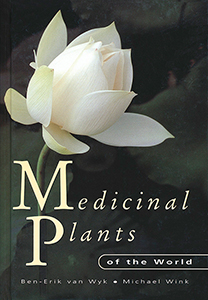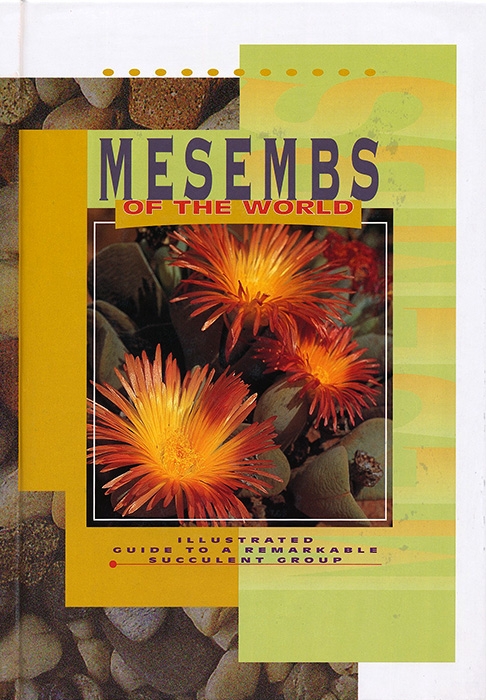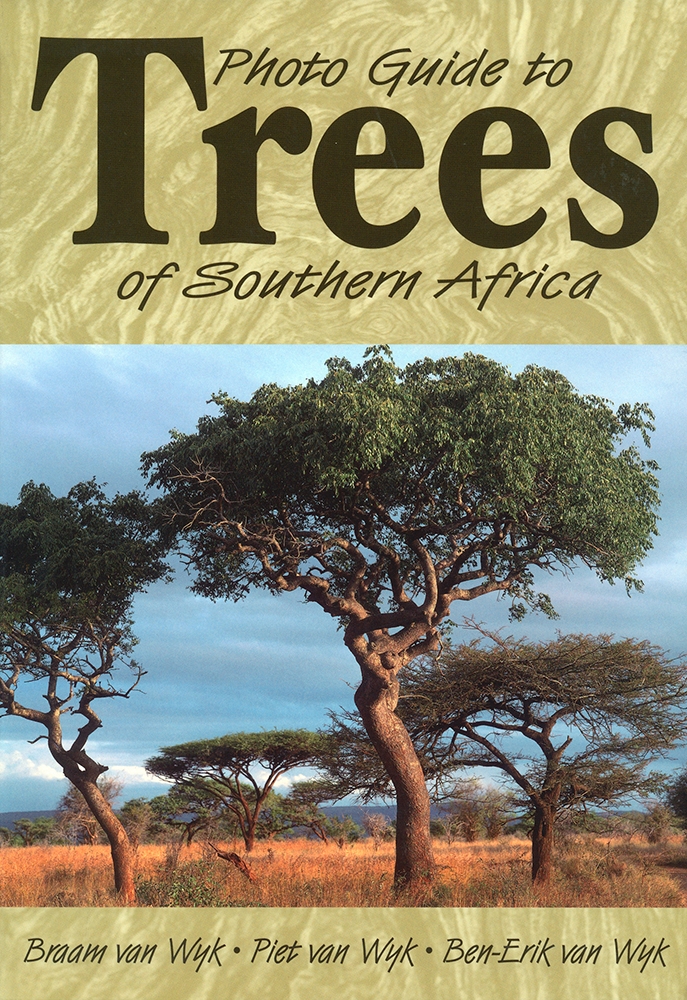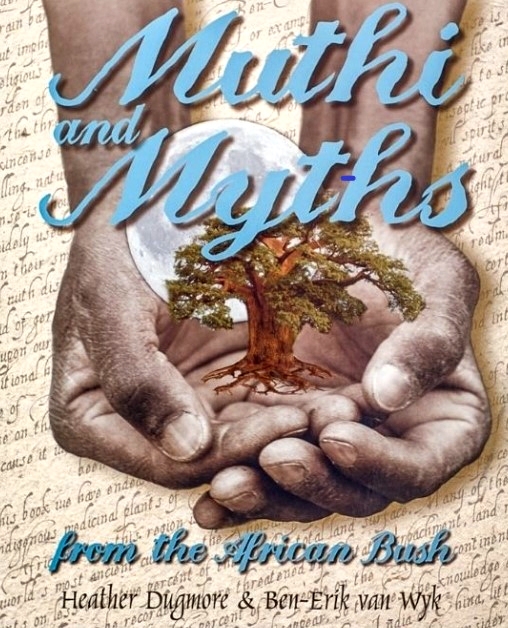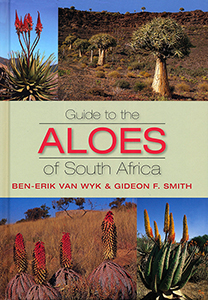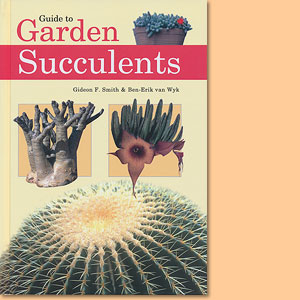Cut flowers of the world, by Johannes Maree and Ben-Erik van Wyk
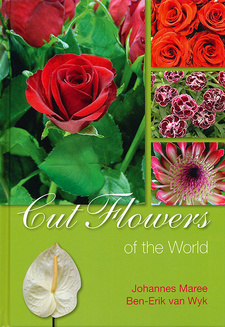
Cut Flowers of the World, by Johannes Maree and Ben-Erik van Wyk. Briza Publications. Pretoria, South Africa 2010. ISBN 9781875093687 / ISBN 978-1-875093-68-7
Cut Flowers of the World, authored by Johannes Maree and Ben-Erik van Wyk, is the fourth title in a series on useful plants of the world. It follows on Medicinal Plants of the World, Food Plants of the World and Mind-altering and Poisonous Plants of the World, all written and presented in the same style and layout.
Ben-Erik van Wyk Johannes Maree
MAIN PRODUCTION AREAS OF CUT FLOWERS
Most countries of the world produce floral products of some sort for domestic consumption. Approximately 80 countries are involved in the international trade of florist flowers, but only about 30 play a significant role. The Netherlands, Colombia, Italy, Kenya and Israel account for the bulk of global exports, with approximately 16 other countries accounting for the remaining few percentage points. Cut flowers are an internationally traded, high value commodity. Worldwide, retail trade is worth over US$40 billion per annum, and growing. Presently, the largest markets are China, the United Kingdom, Germany, Japan, the United States and the Netherlands. Other important markets are the individual countries of Western Europe, which have the highest per capita consumption of cut flowers in the world. According to the statistics available from the Flower Council of the Netherlands, Switzerland, Norway, Austria and Germany are the countries with highest per capita consumption of floriculture products. Traditionally the Japanese market, although very large, was supplied by a large number of very small local growers. In contrast, production in Colombia, Ecuador, Zimbabwe and Kenya is on a few very large farms. The United States is a large consumer market, and imports over halt of its total floricultural products consumed. The European Union consumes over 50% of the world's flowers and includes many countries with a relatively high per capita consumption of cut flowers. There is strong demand in Germany, the Netherlands, the United Kingdom, Switzerland, Italy and France. Germany and the United Kingdom are the two largest importers of floral products, with up to half of the United Kingdom's sales taking place through supermarkets and chain stores. Production in the Northern Hemisphere. The leading production countries in floriculture are China, Japan, the Netherlands and the United States. With rapid development in recent years, China has become the largest flower producer in terms of production area and yield, but presently only a very small percentage of this large production is exported. Japan's production area is nearly three times that of the Netherlands. However, productivity, quality and yields on Dutch farms are very high. Most Dutch flowers come from the Westland. This region is often called the "the garden of Europe" or "the city of glass" because the landscape is covered with glasshouses. Production in the Southern Hemisphere. Cut flower production in Israel, Colombia, Kenya and other South American or African countries (with the exception of South Africa) is virtually entirely for export. Most of these countries have an ideal growing climate or low labour costs, which outweigh many of the disadvantages of airfreight. The general movement of export flowers is from developing countries to the richer markets of North America and Western Turope. The Dutch flower industry still plays a central role in global trade and controls about 55-65% of the international wholesale trade. Production vs export and import. Production and export volumes do not necessarily coincide. For example, nearly all of production in Kenya and Colombia is for export, while nearly all of production in Australia, China, Japan and the United States is for local consumption. The Netherlands is the world's largest exporter of floral crops, while the United States ranks near the bottom of the top ten. Yet, the United States is the world's largest producer of floral crops, with the Netherlands second. The Netherlands has a surplus from both domestic production and imports, which it exports worldwide. The top five floral producers (including cut flowers, foliages and pot plants) are the United States, the Netherlands, Germany, France and Italy. With the exception of Germany, these top producers are also in the top ten exporters. The countries that import the greatest number of floral products are Germany, the United States, France, Switzerland, the Netherlands, the United Kingdom, Austria, Belgium / Luxembourg and Sweden. The United States gets most of its imports from Colombia and Ecuador, while the Netherlands gets most of its imports from Israel and Kenya. Otherwise, the Netherlands is the major supplying country to the remaining importing countries. [...]
This is an excerpt from the guide: Cut Flowers of the World, by Johannes Maree and Ben-Erik van Wyk.
Title: Cut Flowers of the World
Author: Johannes Maree; Ben-Erik van Wyk
Publisher: Briza Publications
Pretoria, South Africa 2010
ISBN 9781875093687 / ISBN 978-1-875093-68-7
Hardcover, 17 x 24 cm, 400 pages, 700 colour photographs
Maree, Johannes und van Wyk, Ben-Erik im Namibiana-Buchangebot
Cut flowers of the world
Cut Flowers of the World describes and illustrates more than 330 different species of commercially important flowers, foliages and potted flowers.
People’s Plants: A Guide to Useful Plants of Southern Africa
In People’s Plants: A Guide to Useful Plants of Southern Africa traditional and contemporary uses of more than 700 plants are described and illustrated.
Medicinal plants of South Africa
Medicinal plants are an important aspect of the daily lives of many people and an important part of the South African cultural heritage.
Mind-altering and poisonous plants of the world
This book introduces to the better known poisonous and mind-altering plants of the world.
Food plants of the world
Food Plants of the World is a comprehensive overview of the plants that provide us with food, beverages, spices and flavours.
Medicinal plants of the world
Medicinal Plants of the World is a comprehensive and scientifically accurate guide to the best-known and most important medicinal plants, including those of special commercial or historical interest.
Mesembs of the world
This is a well-illustrated, easy-to-read guide of all the 123 mesembs genera that are currently recognised worldwide.
Photo Guide to Trees of Southern Africa
Photo Guide to Trees of Southern Africa is an invaluable identification and reference guide to 300 of the more common tree species.
Muthi and Myths from the African Bush
52 compelling tales that lead on a journey of discovery of African plant mythology and its associated healing practices
Guide to the Aloes of South Africa
A wonderful guide to all 155 species aloes found in the South African field and in gardens.
Guide to Garden Succulents
Scientifically accurate photographic guide for gardeners and horticulturalist to easily identify commonly used species of succulents

